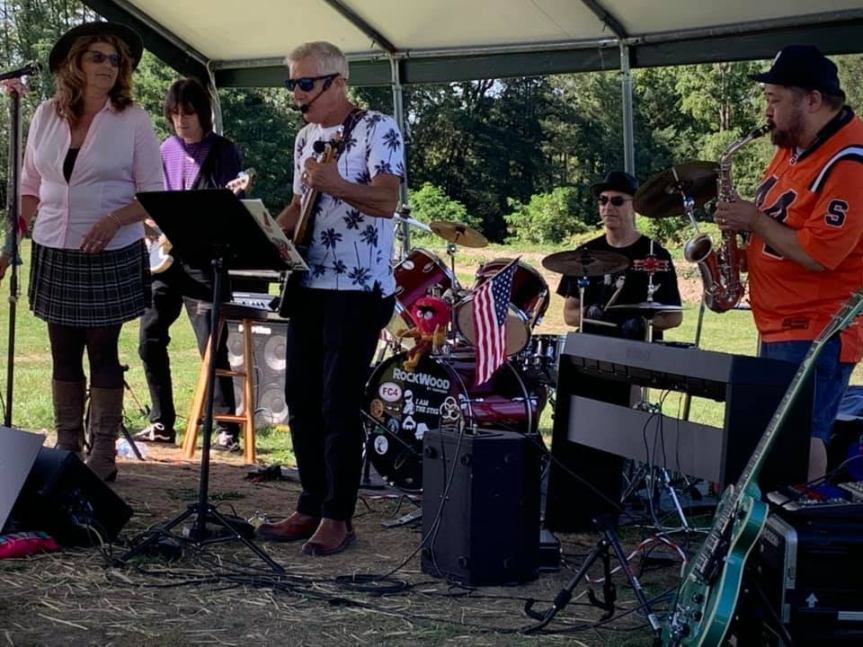Last Saturday, I had an opportunity to attend my first robotics competition! The opportunity came up when my friend Andy Levy came to town with his team for a competition! Andy wrote a couple of 'blog articles about his robotics experience; you can read them here and here! It was a fun time, and I … Continue reading My first robotics competition
Category: Sports
#PASSDataCommunitySummit — day 1 debrief, and what I look forward to for day 2
Greetings from Summit day 2! This morning, I'm writing from the speaker's lounge in the Seattle Convention Center, where a number of speakers (myself included) are busy looking at their laptops. I'm not sure what the others are doing -- working on their presentations, maybe? -- but I know that I'm here writing in my … Continue reading #PASSDataCommunitySummit — day 1 debrief, and what I look forward to for day 2
Going crazy (in a good way)
Every once in a while, I'll start thinking random thoughts. For whatever reason this morning, on the last day of 2021, my brain randomly started thinking about one of my favorite movies, Field Of Dreams. At the beginning of the movie, Ray Kinsella (played by Kevin Costner) said this: "And until I heard the Voice, … Continue reading Going crazy (in a good way)
Support your local artists
A little while ago, a friend of mine from high school sent me a message (along with a link) saying that his band was scheduled to perform a gig pretty much in my own backyard. I added his gig date to my calendar, and I will make the effort to attend. I have to admit … Continue reading Support your local artists
What the NCAA tournament teaches us about decision bias
It's that time of year again -- when die-hard sports fans (and even some non-sports fans) start filling out their bracket picks as they make their predictions for the NCAA tournament, a.k.a. "March Madness." I am an alumnus of a major NCAA Division I basketball school -- Syracuse University. Syracuse alumni are well-known for their … Continue reading What the NCAA tournament teaches us about decision bias
What a TV ballgame can teach us about design
This afternoon, the 2021 slate of spring training games started for Major League Baseball. And of course, being the big baseball fan that I am, I took to it like a lion to a steak. I wasn't thinking too much about design or layout until I heard Michael Kay of YES mention, "I think our … Continue reading What a TV ballgame can teach us about design
#TheBestOf… Visiting the ballpark
This is part of a series of articles in which I contribute to uniting our world by showing off a part of my own. A while back, I proposed writing articles to bring people together by showing us something special about your world that you want to share. Today’s topic: the joys of taking in a baseball game. … Continue reading #TheBestOf… Visiting the ballpark
#TheBestOf… Bringing the world together by telling us about your special world
A wandering mind can be a dangerous thing. 🙂 If you're a 'blogger who's looking for something to write about, read on. Perhaps this will give you an idea. This afternoon, I was doing a mundane, household chore (specifically, I was washing dishes and doing some cleaning in the kitchen), and whenever I do mundane … Continue reading #TheBestOf… Bringing the world together by telling us about your special world
The #SQLSaturday All-Star Game #PASSSummit
After my surprise selection for PASS Summit, I went poking around the speakers list. I'm pleased to see that a number of good #SQLFamily friends that I've made throughout my years as a SQL Saturday speaker were selected. I'm also awed that my name and photo are listed along with a number of SQL rock … Continue reading The #SQLSaturday All-Star Game #PASSSummit
#SQL101: Create tables from CSV flat files
With my previous article about getting into REST applications, I figured it would be a good idea for me to set up a data source so I could practice. Besides, I had reinstalled SQL Server 2019 on my machine, and I needed to import some data so that I could brush up on my SQL … Continue reading #SQL101: Create tables from CSV flat files






